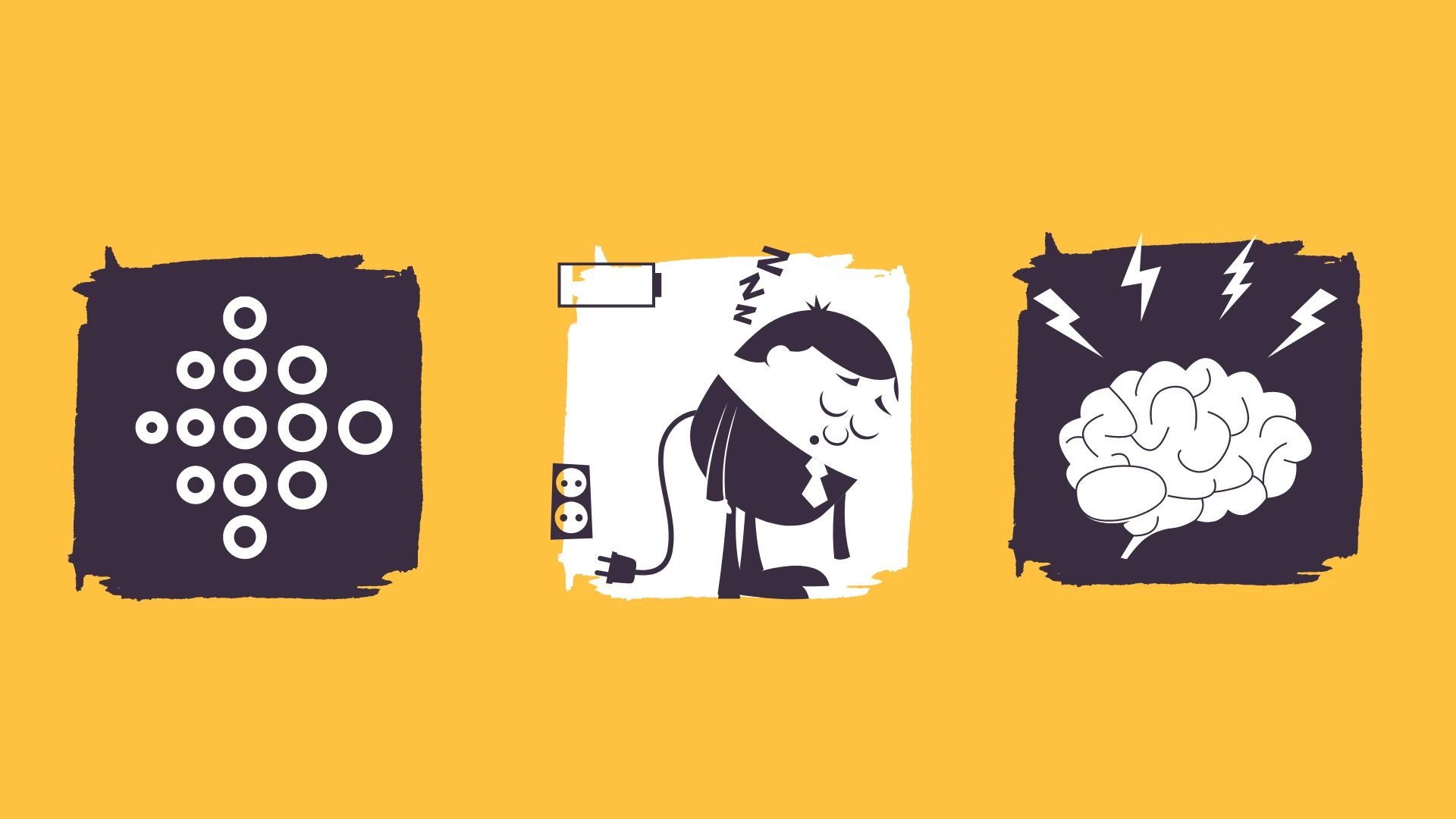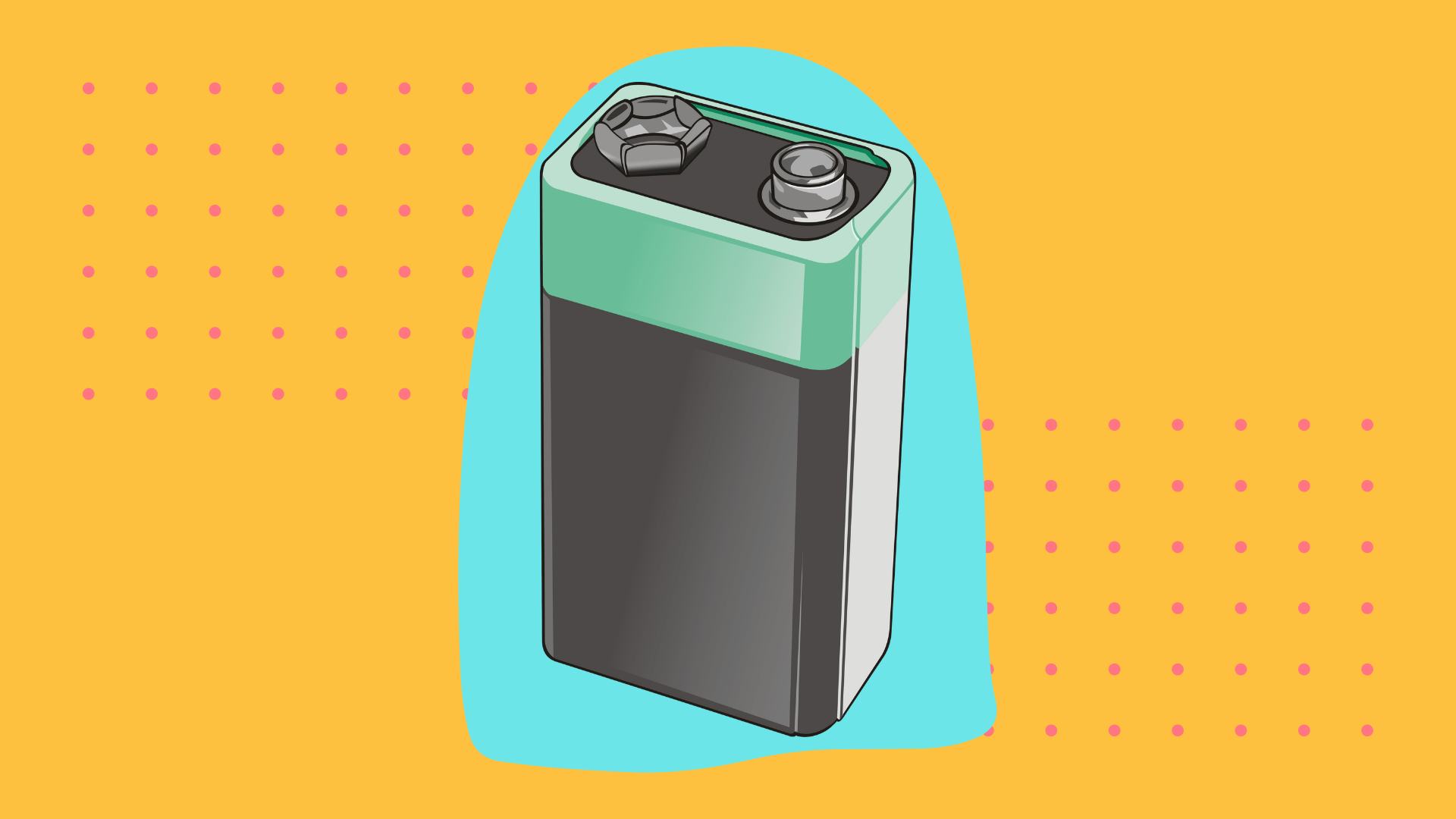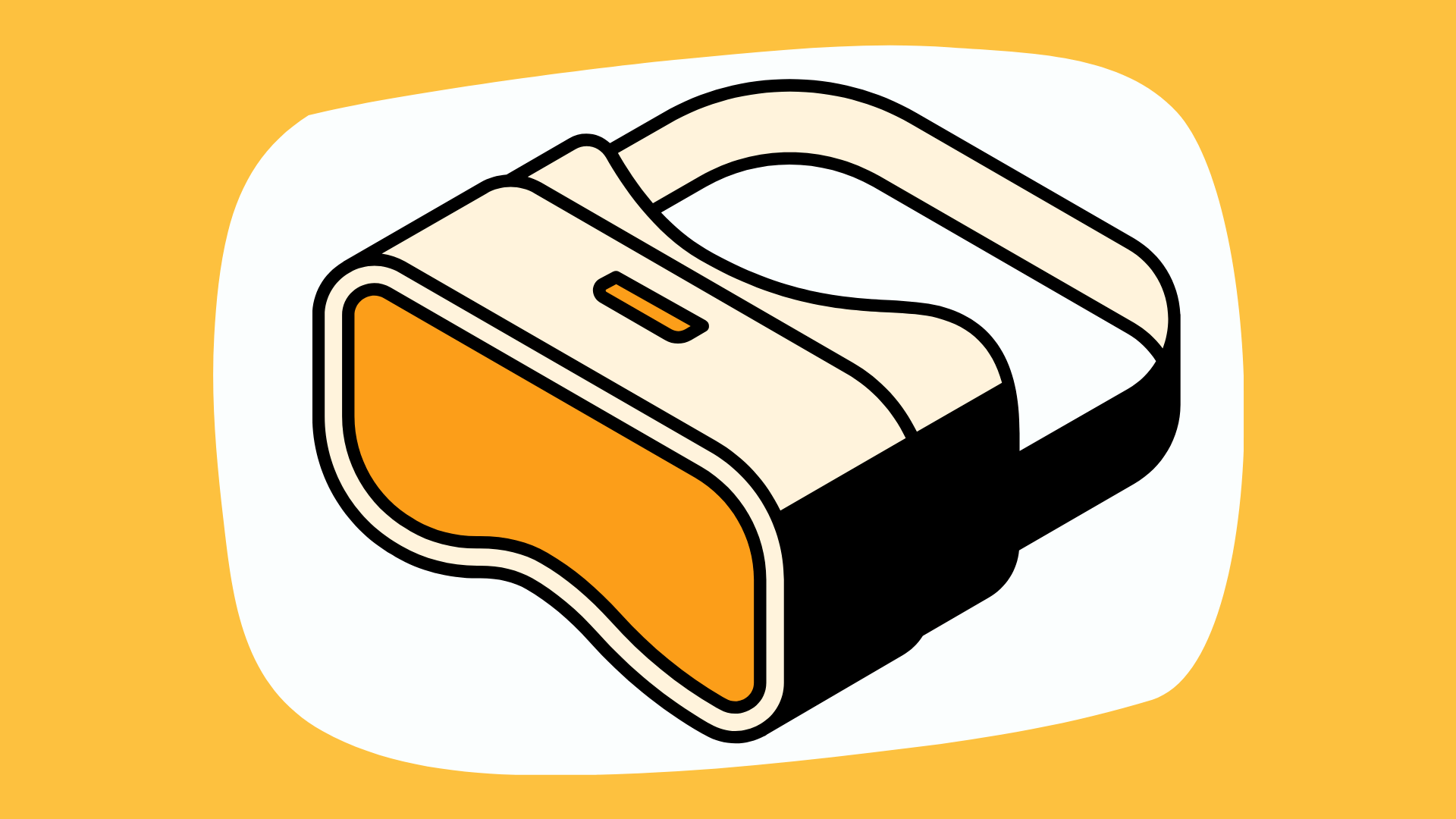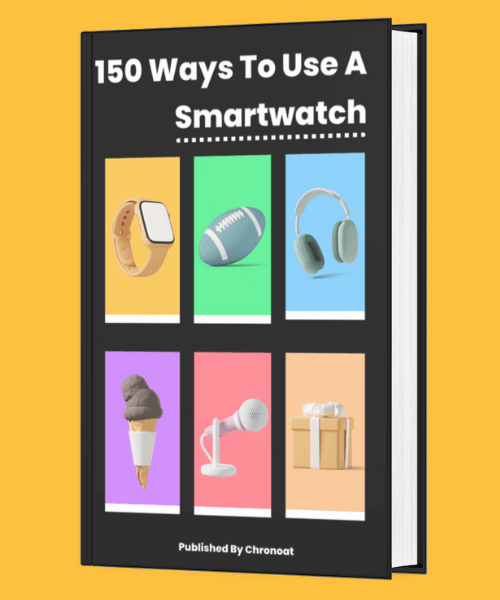Information You're Finding!
Low Alignment on Fitbit trackers is the result when you fail to follow the defined pattern to relax using the RELAX application. By nature, it is counterproductive and shouldn't be something to worry about.
Low Alignment on Fitbit: Counterproductive?
Fitbit is notoriously famous for its vision to improve activity tracking.
Their top-of-the-class trackers have a reputation that resonates with their ability. You can go for any model or series and it’s safe to say you won’t be disappointed. They provide sleep tracking, advanced heart analysis, security from wet surfaces, and gym companionship.
![]()
And there is so much more.
However, there are few features/application that elopes even brilliant minds, and it’s not anyone’s fault it’s hard to understand them. Fitbit hasn’t done any favor by leaving interpretation to the imaginative mind.
One such issue resides with the Fitbit RELAX application meant to sync breathing and heartbeat.
What Is RELAX Application?
Fitbit’s RELAX application is made for users to practice breathing application. To give them control over their breathing activity. On paper and as the name suggest it is meant to soothe your mind and put it at the ease. You’d be prompted to inhale and exhale with vibrations from trackers and after the activity, your Fitbit would show the following results on the screen:
- Starting Heartbeat.
- Last Heartbeat (recorded at the end of the session).
- Number of days you have exercised in the last week.
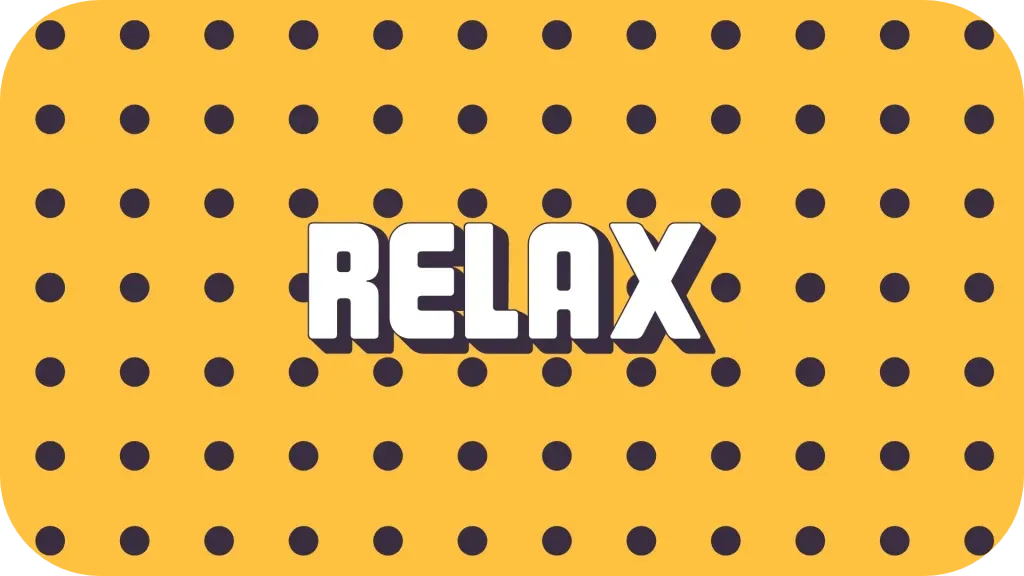
However, there are flaws in its overall operation. First of all, it is not clear what exactly the Fitbit tracker is measuring at the time you’re following instructions from the application. Secondly, its technical progression, while you are engaged with the tracker, is counterproductive in nature. Many find it anxious and just not what it should be.
But why?
Let’s see and understand how it works…
How Does Fitbit RELAX Application Works?
Once you’d open the application from the menu on your Fitbit, you’d have the option to choose the interval. By default, it would be set to 2 mins. It’s totally up to you to change it.
The next step is to initiate the activity. At this point, your smartwatch would display a circle and with the help of two distinct vibrations you’d be instructed to inhale and exhale accordingly. In practice an inhale vibration is soft and light whereas notice for exhale vibration is a bit heavy and can be felt more.
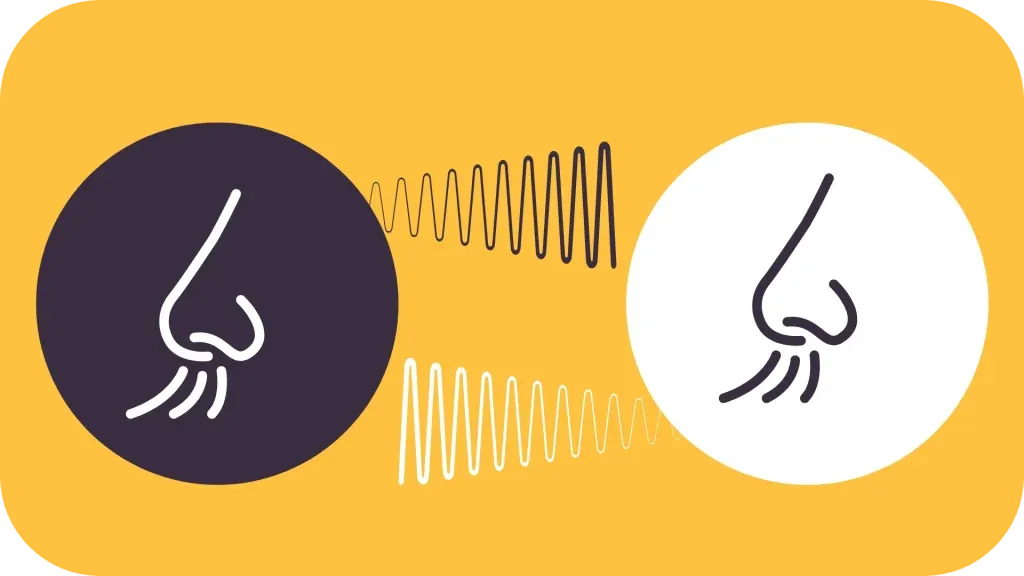
If your breathing and heartbeat would remain in sync or you’d be able to have it in sync during the test, Fitbit would let you know of your progress through stars and a green display. If not, well, the results would show the following two texts:
- Medium Alignment
- Low Alignment
Usually, what is seen as the pattern across multiple devices, is users getting a ‘Low Alignment’ message, and this right here creates confusion. Even when there is no solid proof to feel that way. Therefore, in order to ease the minds let’s consider different scenarios.
Medium Alignment
While it is self explanatory to say the least but for those who wants to learn more, you get Medium Alignment from RELAX application when your breathing pattern is not at the what Fitbit tracker expects but at the same time is better than what could pull you a level below.
You could think of as the half a problem or half a solution. Depending on what you care about or how you choose to look at life!
High Alignment
As for High Alignment, first of all, if you’re someone who constantly gets to see this on their Fitbit screen then congratulations. You’re god’s lucky children. Nor is achieving High Alignment almost impossible given the standards RELAX application has set. There is major issue with Fitbit application algorithm which makes it incredibly hard for just anyone to get this glory.
Fitbit RELAX Application: Our Insight
According to Fitbit Moderator on the community, the RELAX application compares your breathing activity and heartbeat to ensure you reach a syncing point between the two. Basically, it is training you to follow a certain pattern and have the desired results (slow heartbeat and effortless breathing). However, there is a catch, and it is in the application’s insistence to follow the defined pattern.
As it’s seen in the results, if you won’t follow the instructions of the tracker properly you’d be placed on the lowest level of the spectrum. Which, in retrospect doesn’t make sense, if the aim of the application is to soothe your mind, forcing a certain method to relax doesn’t seem like the brightest idea to pursue.
But here is our theory now:
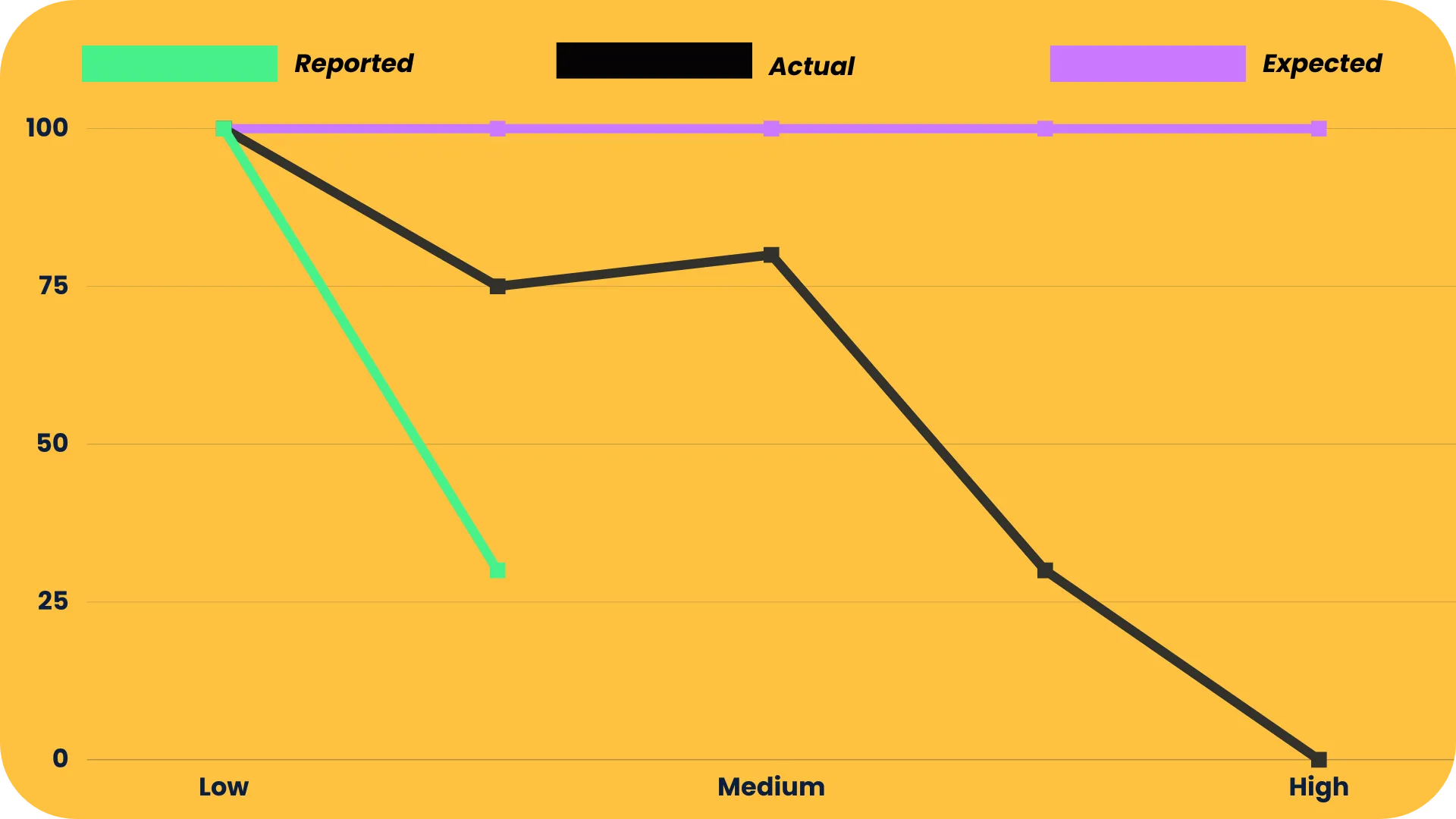
After much testing, we feel Fitbit’s RELAX application is not training you to ‘just relax your mind‘ but making sure you are able to follow the routine of breathing in a situation far from the non-stimulus environment of your comfort. It is molding your breathing activity with an artificial environment as a reference to ensure survival.
For sure, we could be 100% wrong, since ‘vagueness’ is in the essence here. Either way, one thing is certain, Fitbit does need to work on its algorithm.
Is Low Alignment Good Or Bad?
Honestly, it depends on how you choose to work with smartwatches or gadgets. If you’re someone who doesn’t take what your digital companions have to say seriously then you are good to go. If you’re opposite then you might have to wonder about it.
In each case you should know that data from Fitbit RELAX applications is incredibly inconsistent and literally no one knows what is the logic behind the running algo. So I wouldn’t worry too much about it.
Ways To Improve Low Alignment Problem
You can try following the circle on the screen as closely as you can. For sure it might mean you won’t be able to get desired ‘High Alignment’ result right away, but it is possible.
There is another solution that has worked for many and it’s changing the position of the band. Many have found their trackers increase in efficiency once they changed their position. So try to have your Fitbit up the wrist. You can also have a change of arm (dominant and non-dominant).
Again, there is no hard and fast rule to make it work. Depending on your luck and the model you’re using there is a good chance anything can happen.
“I Have Fitbit Charge 4 Does That Change Anything?”
No!
Your Fitbit model or device series doesn’t have anything to do with low alignment on your screen. Yes, one could argue that Fitbit RELAX application supposedly takes into account Heart Rate and accuracy of data can vary with device.
We’ve done enough research to show that Fitbit trackers holds reputable ground when it comes to accuracy of data in context of commercial wearables. As such the disparity – even if there will be any – would be low and almost negatable.
Closing Thoughts
In retrospect, Fitbit has some work to do, but so do we.
Despite the brilliant idea that it is to have a relaxing service, they have to make certain things clear. Although, it is also our duty too to ensure that we learn and make the best out of it. At the end of the day, Fitbit is just another smart device, it should be us to make sure it remains more than it.
Frequently Asked Questions
You are probably not following the instructions of Fitbit device properly.
If it’s asking you to breathe while you are using RELAX application it is probably because it needs to measure the sync between your heartbeat and breathing frequency to calculate the alignment between two metric.
By measuring the breathing and heartbeat activity against one another in a specified internal.
By using the relax application. Open the menu on your Fitbit Inspire, click on the Relax application icon, set the interval, and begin following the instructions of tracker until times run out.
We believe in providing information worthy of being read by you. Which makes it our duty to keep helping you in finding the right answers.

